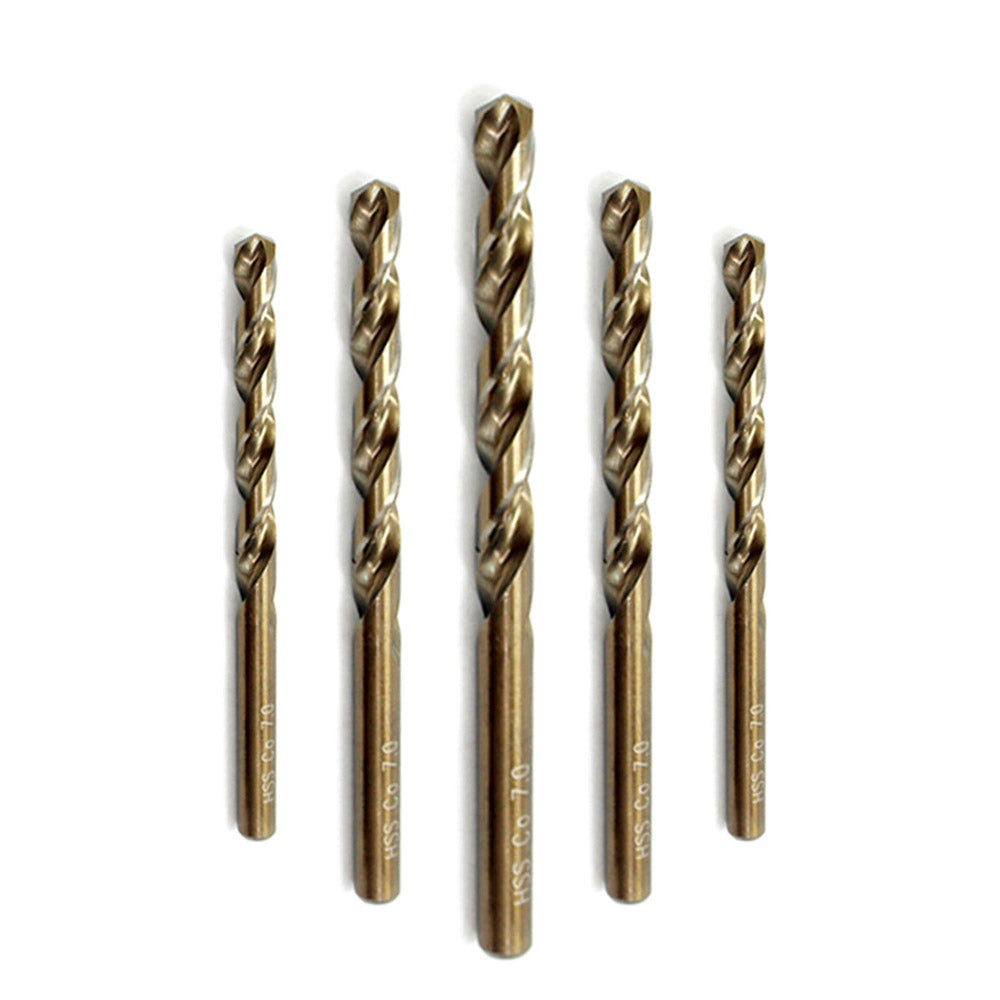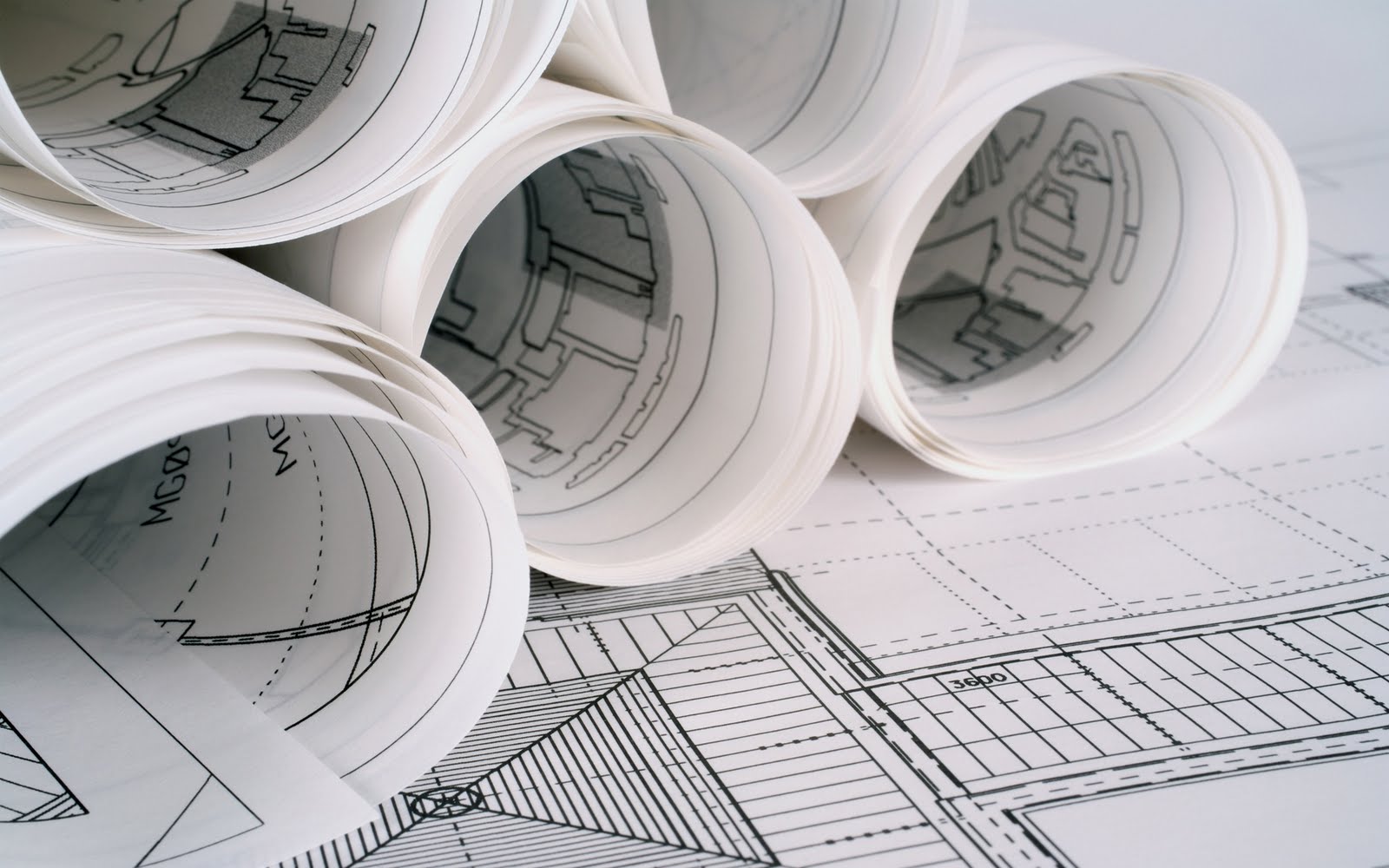TWIST DRILL BITS
What is a twist drill bit
A twist drill bit is a common type of cutting tool used for drilling holes in various materials, including wood, metal, plastic, and composites. It consists of a cylindrical shank with flutes and a pointed cutting tip. Twist drill bits are widely used in woodworking, metalworking, construction, and many other industries. Here's a closer look at twist drill bits and their features:
1. Shank: The shank is the cylindrical portion of the drill bit that is inserted into the chuck of a drill or drilling machine. It usually has a standard round shape, allowing it to fit into most drill chucks securely. The shank diameter can vary, and it is essential to choose a drill bit with a shank size that matches the chuck capacity of your drilling tool.
2. Flutes: Flutes are the spiral grooves that run along the length of the drill bit. They provide channels for chip removal during the drilling process, preventing the bit from clogging and allowing for efficient drilling. The number of flutes can vary, commonly ranging from two to four, with more flutes generally providing better chip evacuation.
3. Pointed Tip: The tip of a twist drill bit is called the point or the drill point. It is designed to cut into the material and initiate the drilling process. The most common drill point geometry is the 118-degree point angle, which is suitable for a wide range of materials. However, specialized drill bits may have different point angles or designs to optimize drilling performance in specific materials or applications.
4. Cutting Lips: Twist drill bits have two cutting lips, also known as edges or lands, that extend from the drill point towards the shank. These cutting edges are responsible for removing material and creating the hole. The cutting lips are usually shaped to form a helical flute, which allows for efficient cutting action.
5. Web: The web is the central part of the drill bit between the flutes. It provides strength and rigidity to the bit. The thickness of the web affects the bit's strength and ability to withstand cutting forces. Thicker webs are more robust but can generate more heat during drilling, while thinner webs may be more prone to breakage.
6. Coatings: Some twist drill bits feature coatings to enhance their performance and durability. Common coatings include titanium nitride (TiN), titanium aluminum nitride (TiAlN), and black oxide. These coatings help reduce friction, increase hardness, and improve chip evacuation, resulting in longer tool life and improved cutting performance.

When choosing twist drill bits, consider the following factors:
1. Material: Consider the type of material you will be drilling. Different materials require different drill bit designs and coatings to ensure optimal cutting performance and tool life. For example, high-speed steel drill bits (HSS)are suitable for drilling wood, plastic, and non-ferrous metals, while cobalt or carbide drill bits are better suited for drilling stainless steel and hardened steel.
2. Size: Determine the diameter of the hole you need to drill and choose a drill bit with the corresponding size. Twist drill bits come in a range of sizes, typically measured in inches or millimeters.
3. Application: Consider the specific drilling application. For example, if you need to drill deep holes, you may require longer drill bits or drill bit extensions. If you need to drill precise holes, you may opt for brad point or dowel drill bits that offer better accuracy.
4. Quality: Choose drill bits from reputable manufacturers known for producing high-quality tools. Quality drill bits will have precise dimensions, sharp cutting edges, and durable construction, ensuring consistent and reliable performance.
5. Coating: Consider whether a coated drill bit is necessary for your application. Coated drill bits may offer improved performance and durability in certain materials or applications, but they can be more expensive.
6. Budget: Consider your budget and balance it with the quality and durability required for your drilling needs. While higher-quality drill bits may be more expensive, they often provide better results and longer tool life, making them a worthwhile investment.
Proper selection and use of twist drill bits are crucial for achieving accurate and efficient drilling. It's important to follow the manufacturer's recommendations for drilling speeds, feeds, and cooling methods to ensure optimal performance and extend the life of the drill bits. Regular inspection and maintenance, such as sharpening or replacing worn-out bits, are also essential to maintain drilling efficiency and accuracy.




